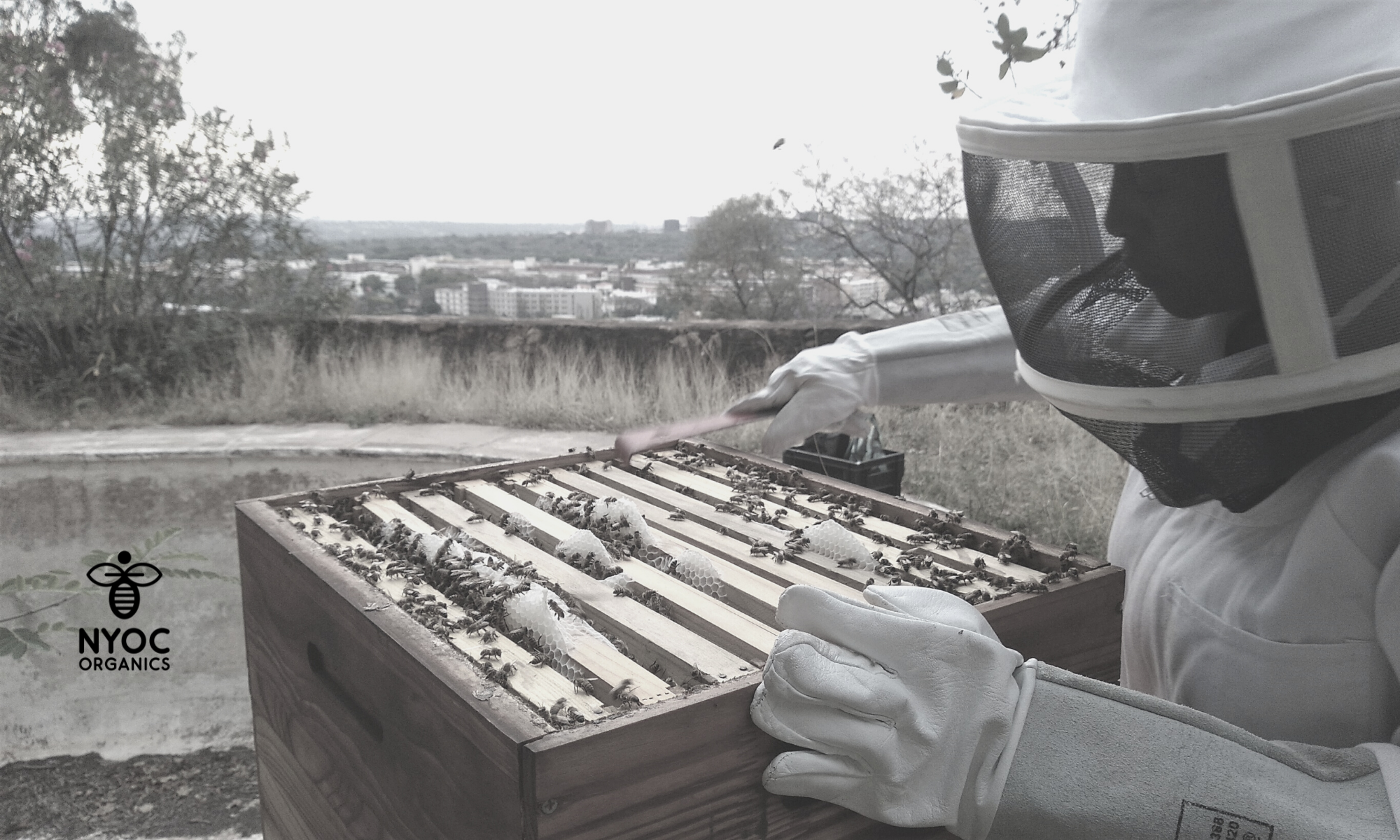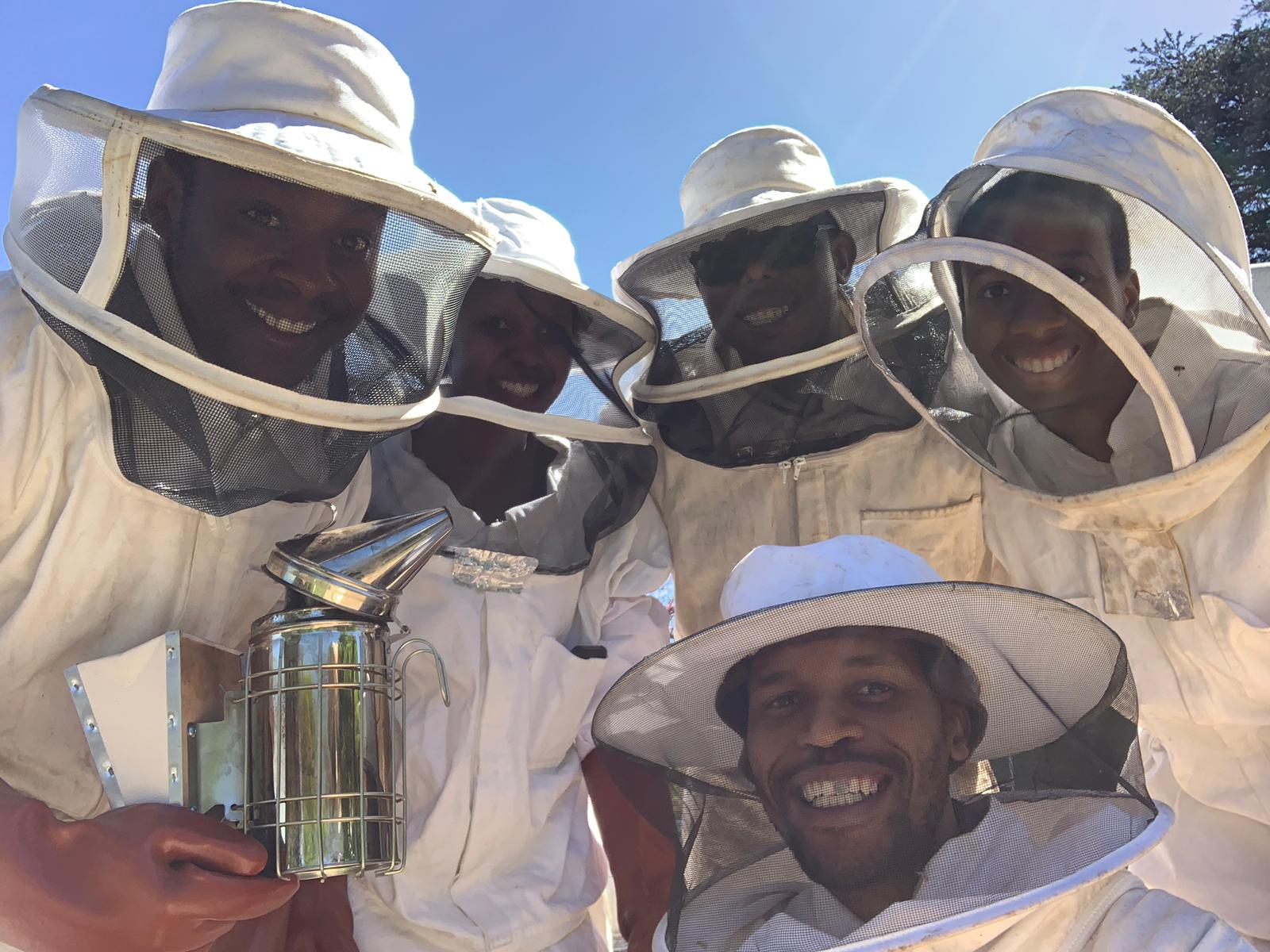How important are Beekeepers in the greater conversation around the protection and survival of bees?
The question seeks to unpack the extent to which Beekeepers play in the conservation or depletion of these crucial insects, particularly on the back of reports of rapid declines of bee colonies witnessed globally- largely affecting North America and Europe.
Perhaps a starting point would be to define what a beekeeping is. According to Britannica.com, beekeeping is defined as, “The care and management of colonies of honeybees. They are kept for their honey and other products or their services as pollinators of fruit and vegetable blossoms”. This human intervention defines an ancient global practice taking on various cultural, symbolic, ceremonial, technical, scientific and commercial forms over millennia.
Insect pollinators, including bees play a vital role in the pollination of plant blossoms of direct benefit to human, animal, insect, plant and microbial life. In the natural world, bees find their homes in various cavities and crevices suitable for habitation after taking into consideration factors such as space in relation to the size of the colony, temperature, humidity, safety and most importantly, proximity to their primary food sources – nectar and pollen. Once these factors are satisfied, a trekking swarm bee (a natural split from a mother colony or a population increasing phenomena occurring primarily during spring time) along with the queen will move in to a desired space and establish a new colony.
As a popular method of increasing their stock of managed colonies, beekeepers will put out beeswax-baited boxes in elevated positions in an attempt to lure these trekking swarms into their boxes. Beekeepers will also typically move these ‘caught’ swarms to a central site known as an apiary and thus begin tending to the colonies in these boxes or hives for eventual extraction of honey and other bee-producing products such as beeswax and propolis for commercial or subsistence use.
It is on the commercial end of the spectrum where the line between extraction and conservation is called in to question.
Apart from honey and harvesting of other bee related products, commercial beekeepers provide lucrative pollination services in the agricultural industry for crops such as citrus, certain varieties of nuts and deciduous fruits as well as commercially grown flowers requiring the efficiency of honeybees to boost yields.
A beekeeper will enter into a contract with a farmer for an agreed period during the flowering phase of the plant cycle and be renumerated accordingly.
While pollinating insects perform the beneficial function of literally bringing crops to life, farmers are equally keen to protect their valuable crops from ‘harmful’ bugs and pathogens through application of insecticides and fungicides.
Neonicotinoid pesticides in particular were introduced in the 90s. They were designed to not be as harmful to birds and mammals but known to be non-selective when in contact with insects- essentially killing any species that flies in its wake- including bees and other pollinators.
Such has been the devastation of wild pollinators witnessed in Europe due to the application of neonicotinoid pesticides, specifically thiamethoxam, imidacloprid or clothianidin, that EU countries decided to ban outdoor use of these chemicals (only to later be found to have shipped 3800 tons of these pesticides to South Africa and other low-income countries).
The double edge sword in pursuit of profits begins to sharpen at the expense of naturally occurring systems at this point.
If one takes into consideration pollination pricing guidelines set out by the Western Cape Bee Association, for example, an economically sensible picture appears for beekeepers providing this agricultural service.
Macadamia farming for example remains one of the fastest growing and highly lucrative agricultural crops in South Africa driven by high export demands from China. Farmed predominantly in the warmer tropical climates of Limpopo, KZN and Mpumalanga, the demand and vital necessity for pollination by honeybees is proportionally high.
As the numbers suggest from the pricing guideline, beekeepers may charge R980 per hive for a pollination period of 48 days at a hive density of 4 hives per hectare for maximum results. In a scenario where a pollination is required over 100 hectares, for example, the beekeeper stands to turnover R392 000 (400 hive units x R980) just under seven weeks.
If the same set of 400 productive hives were set up purely for honey, the expectant minimum yield of honey would be in the region of 4 tons at a retail value of R800 000. While this may be double the amount of value compared to the pollination figure, to produce that amount of honey on a permanent apiary site could take between 6-9 months depending on availability to food.
A decent pay day one might think for a couple of week’s work until one realises the mouth-watering returns a macadamia farmer would make after a successful harvest assisted along the way by bees. According to a Business Insider analysis of the local macadamia industry, an expected turnover of R374,400 per hectare can be expected, or in our 100 hectare scenario, a total turnover of close to R400 million.
When tallying up the numbers, there can be no argument against the economic value beekeeping brings to the value chain and perhaps where the money outweighs the potential ecological impacts of viewing bees as an extractive tool for human benefit. Any honest beekeeper will tell you that you will lose bees while harvesting honey as they try to defend their home from white-clad intruders. Furthermore, an honest beekeeper taking on a pollination contract will tell you that entire colonies may be lost at times from poisoning due to non-aligned spraying programs on the fields, overworked bees travelling hundreds of kilometres between farms susceptible disease and poor ventilation amongst other factors.
In a perfect natural system, bees would not need beekeepers as much as beekeepers need bees. However in today’s world where natural systems are inextricably linked to and reliant on human consciousness and attitudes towards life forces on this planet.
Perhaps we can dedicate a portion of our time to campaigning and lobbying for planting more trees and flowers.
Perhaps we can build stronger ties with rural communities (largely located in soil inferior, arid regions of the country) as part of a regenerative agroecological drive.
Or even more directly so, take heed from the ancient practice of finding honey with birds. In parts of our continent, a small bird called the Greater Honey Guide is spotted and followed by skilled honey hunters such as the, Yao in Northern Mozambique, to the site of a natural hive. The honey is extracted and as reward for their guidance, the locals leave nutrient-rich larvae and honey-full comb for the bird’s consumption. This practice demonstrates mutually beneficial co-operation between human and animal.
While wild honey hunting as a mainstream method of extraction may not be entirely practical due to geographical and ecological variances, industrialisation etc, perhaps a combination of modern methods of beekeeping with a conservationist agenda could provide the balance required.
Ultimately, the future survival of bees will largely be determined by human ego and where we position ourselves as either a part of nature or somehow above it. Let’s hope higher collective consciousness prevails.

